Tesla Powerwall 3 Rebate Now Available - Combine with Federal Subsidy Today
Tesla Powerwall 3 Rebate Now Available - Combine with Federal Subsidy Today
Posted 6 Jan
As 2025 comes to light, homes and businesses in NSW have access to a range of rebates and subsidies that allow for discounted installations of solar and battery solutions. Let’s explore the current rebates and how they will be affected with the new year.
There's good news! There are available rebates and incentives
on Solar,
Battery, Virtual Power Plants, and more. All these can be combined to maximise your savings and help you get the most out of your energy.
Available NSW Rebates & Incentives
|
Type |
Status |
End Date |
| Cheaper Home Batteries Program (SRES) |
Battery |
Available |
2030 |
| Small-Scale Renewable Energy Scheme (SRES) | Solar |
Available |
2030 |
| Peak Demand Reduction Scheme (PDRS) |
Battery, VPP |
Available (Ends Soon) | June 30th 2025 |
|
Solar for Low-Income Households |
Solar |
Closed |
- |
| Feed-in-Tariffs |
Solar, Battery, Energy |
Available | Ongoing |
What most people don't realise is that there have been, and still are valuable solar rebates and incentive that are designed to help people like you get discounted solar systems to help you further invest in the energy you produce.
Below are a list of recent rebates and incentives for solar energy throughout New South Wales.
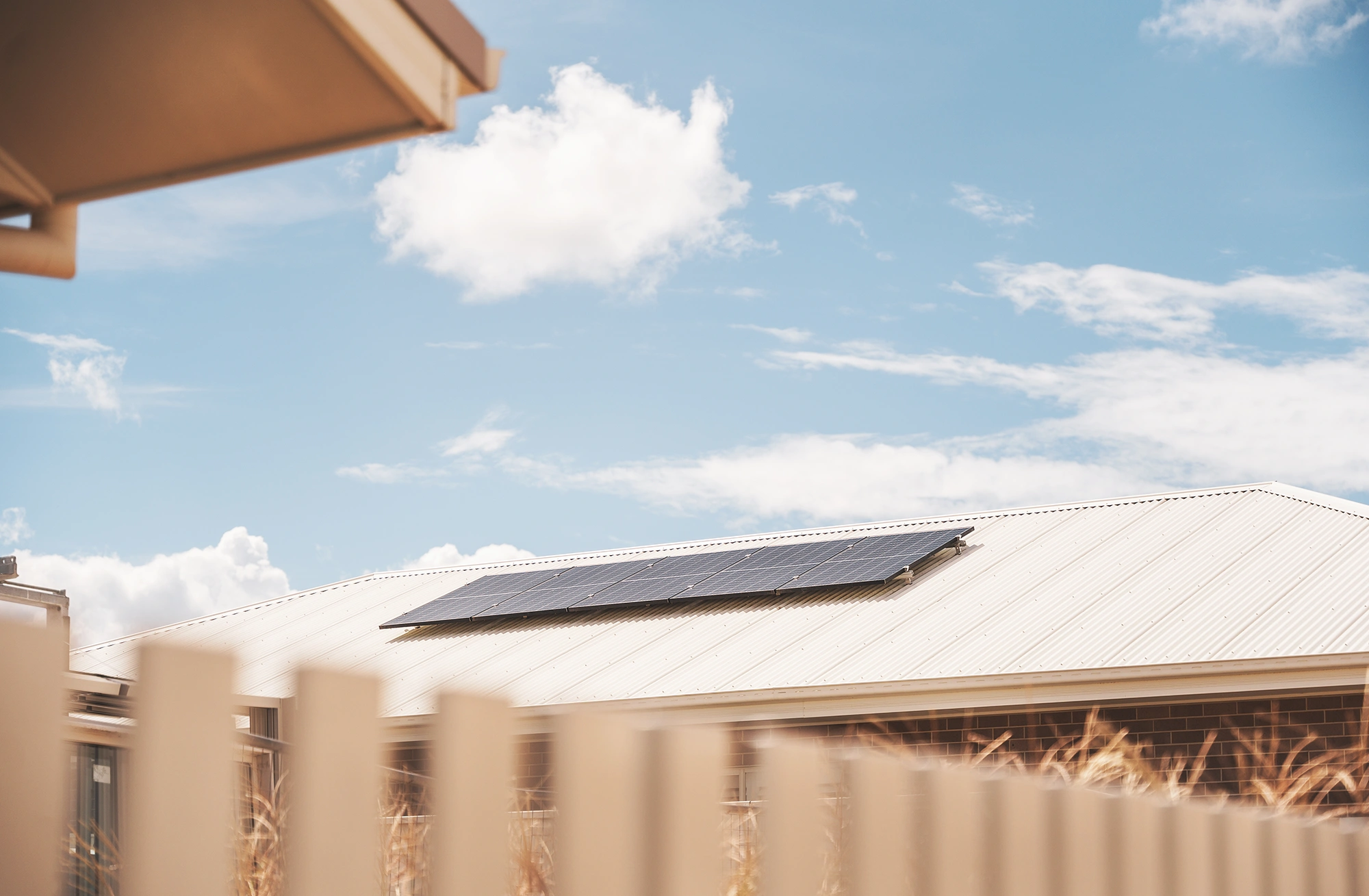
(Open)
As the primary subsidy (technically not a rebate) for solar power in NSW, the Small-Scale Renewable Energy Scheme (SRES) is an incentive that encourages investments of both homes and businesses to install rooftop solar up to 100 kW that is less than 250 MWh per year, as well as solar water heaters and air sourced heat pumps.
Whilst the SRES is still available, its benefits are slowly diminishing, ending in 2030. But that’s lot of time? Whilst another 5 years is still a large amount of time, the STC buy-back prices reduce by 7% each year until 2030. This means that the amount you can save from investing in a system reduces every year. This also does not include a rebate for battery storage.
Eligibility requirements for the Small-Scale Renewable Energy Scheme include to:
.webp)
(Closed)
The more well-known solar rebates like the Solar Swap and Low-income household rebates are no longer available. The Low-Income Household rebate allowed eligible homes to get a free 3 kW solar system installed to help reduce electricity bills.
This was designed to allow homes to save on their electricity bills up to $600 a year, and was funded under a fixed term in the NSW Government’s COVID-19 economic stimulus package.
The Solar Swap rebate has also ended, which allowed households who were eligible for the Low-Income rebate to exchange their rebate for a free 3 kW solar system.
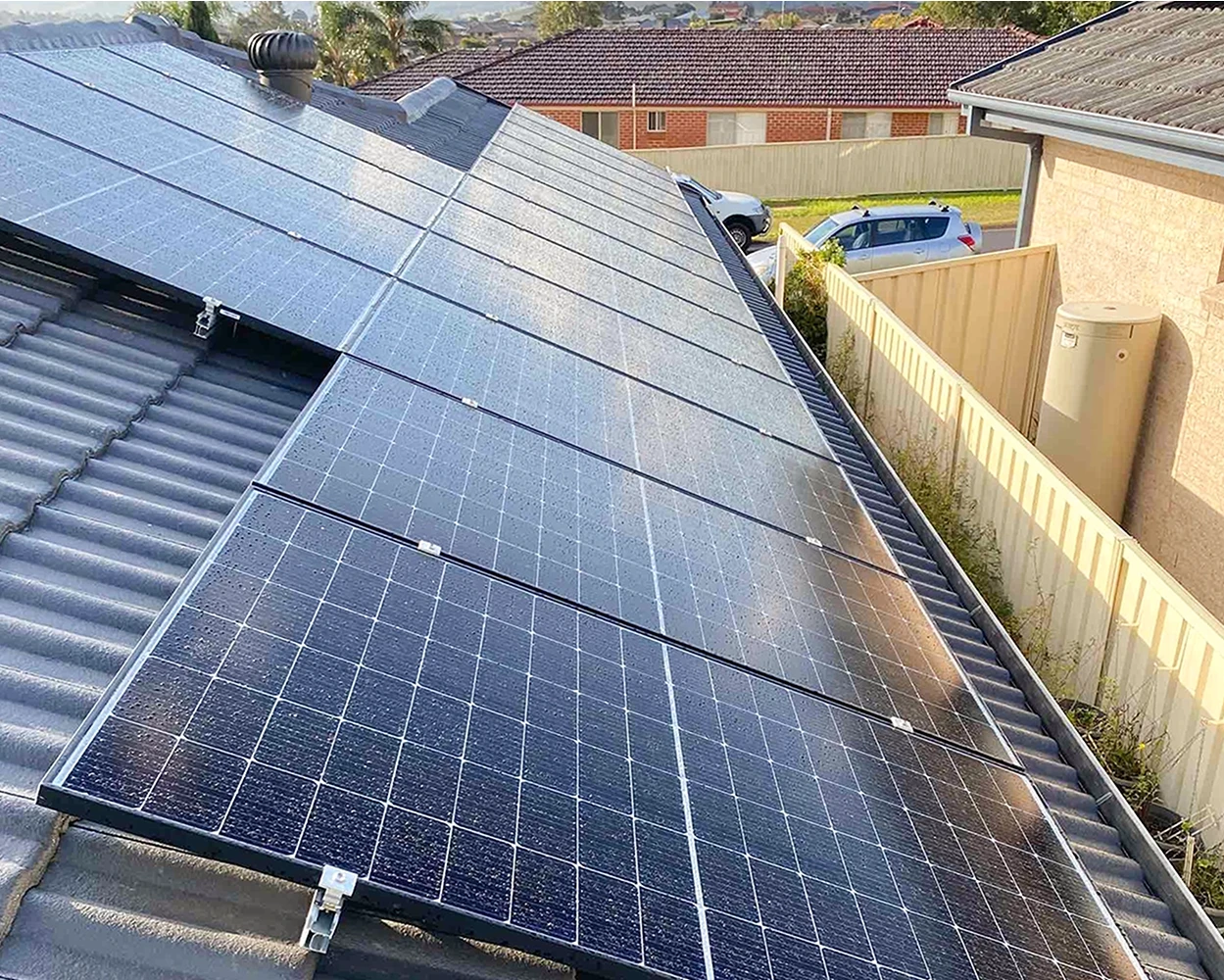
(Open)
A feed-in-tariff is essentially a reward provided by your energy provider for feeding your excess solar energy back into the grid.
Properties with solar and battery storage can take advantage of solar feed-in-tariffs where solar owners get credits by sending excess solar energy back in to the grid. Depending on the plan you’re on, your provider will pay you a different amount for every kWh you put into the grid.
Whilst this has been reduced recently, it still contributes to a large portion of reducing most home’s bills. According to Wattever.com.au, there are different types of plans where you can earn variable rates depending on the amount you’ve exported, and flat rate earnings.
Homes and businesses can now get discounts on their solar battery storage with energy storage rebates and
subsidies designed to incentivise you to invest in your energy. Here are the available battery storage schemes.
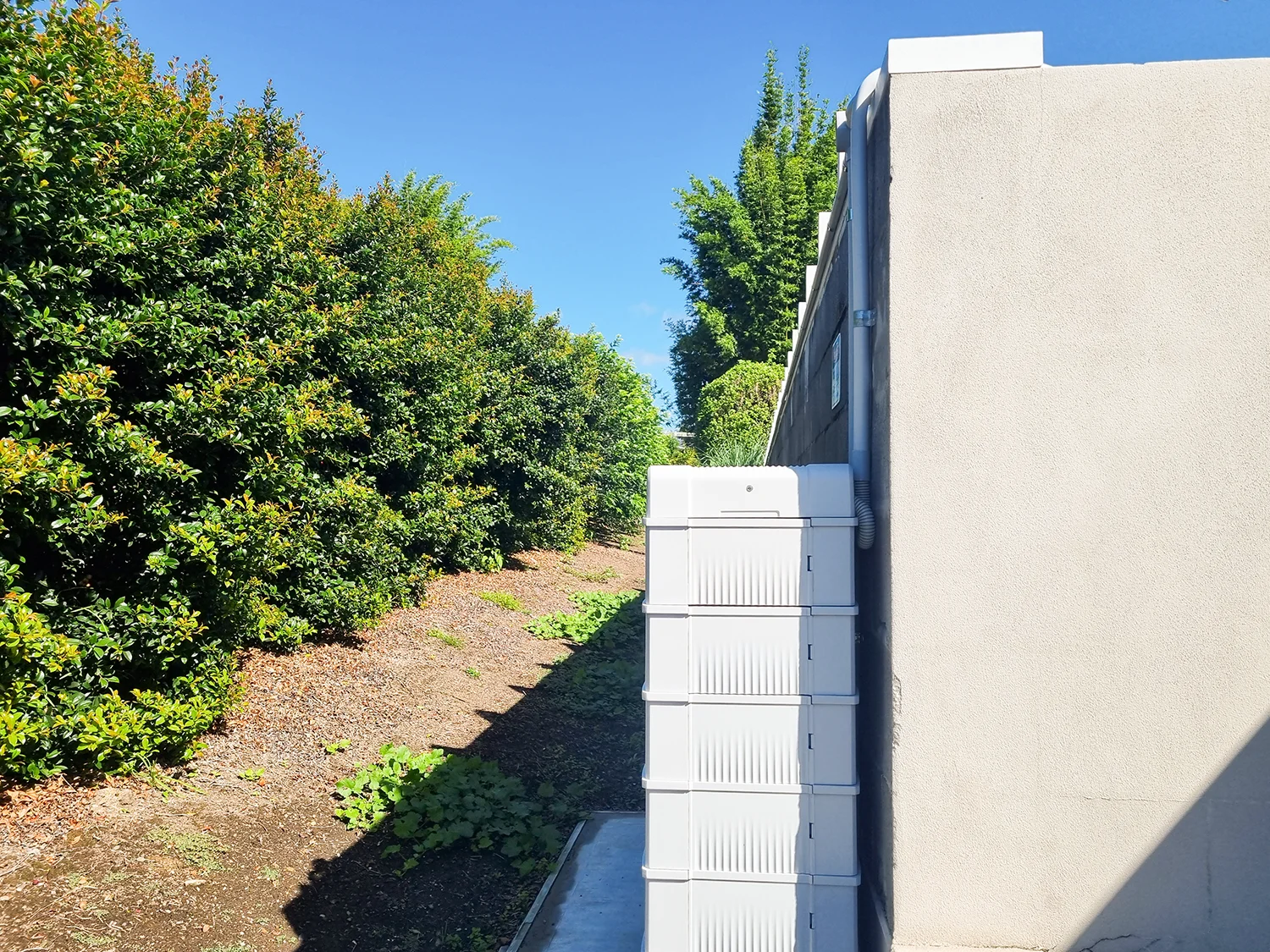
(Open)
Starting July 1st 2025, the Federal Government’s $2.3 billion Cheaper Home Batteries Program Subsidy will assist business and homeowners access solar battery storage, with the mission to help properties throughout Newcastle, Maitland, and the Hunter, maximise their solar energy and reduce overall network costs for everyone.
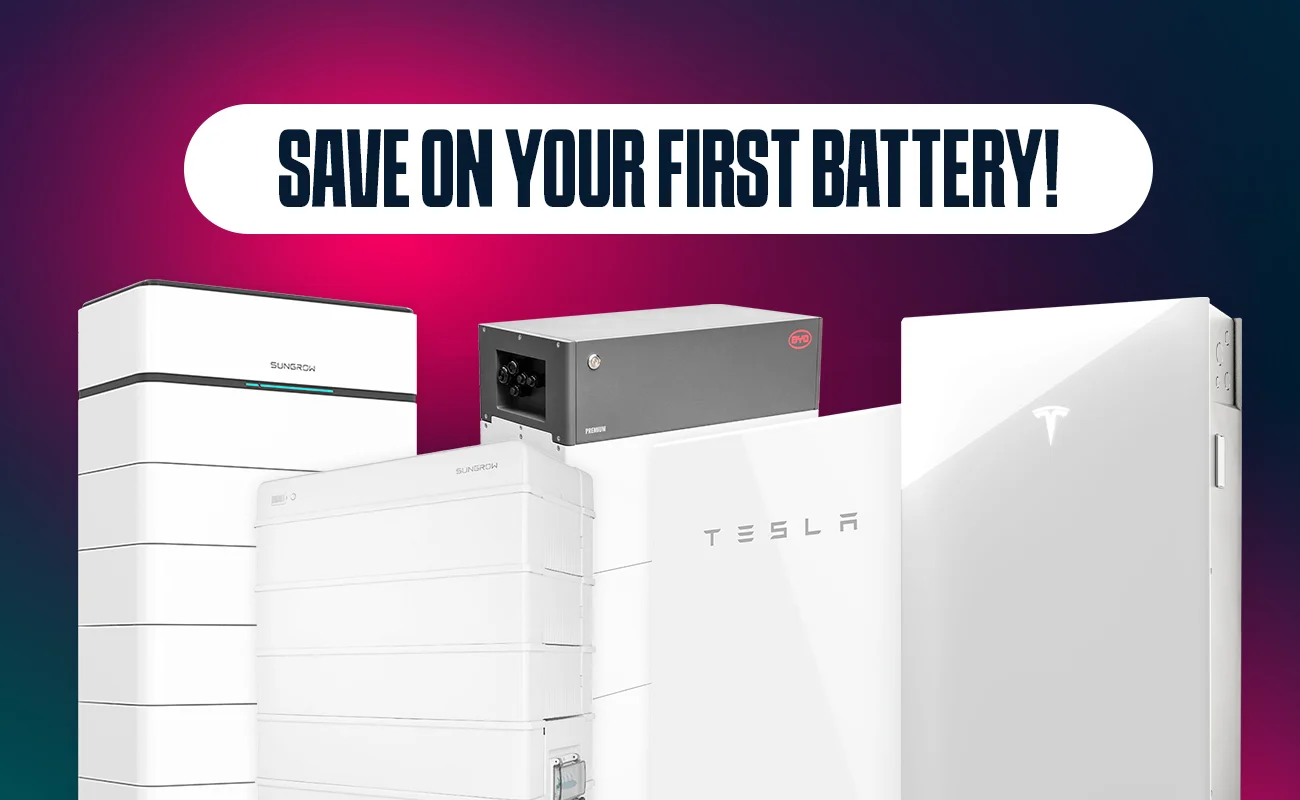
(Open - Closing Soon)
The Peak Demand Reduction Scheme started in November 2024 and is available for 2025 with no end date. This subsidy (also not really a rebate) allows homes and businesses to save on their first battery. It’s important to note that this isn’t a rebate as the subsidy acts a discount off the overall cost.
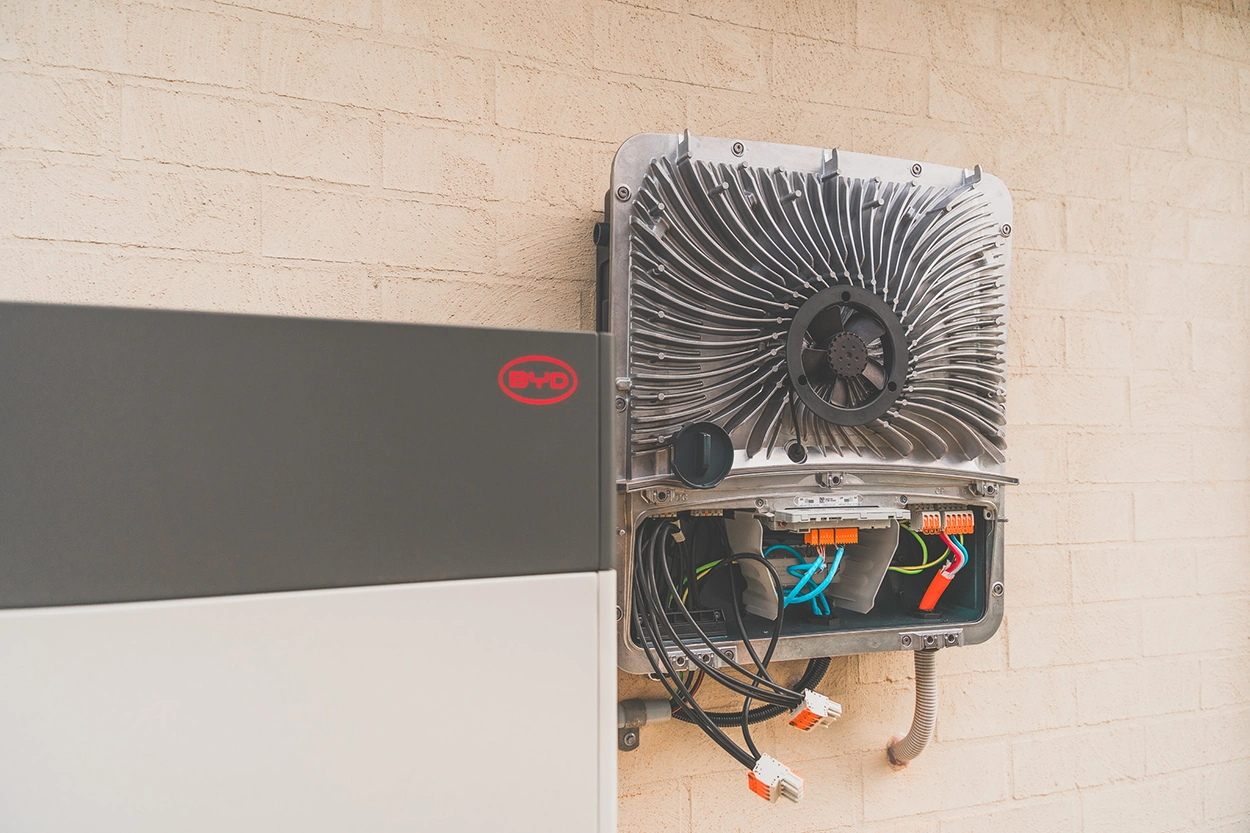
With the recent announcement of the NSW Battery Rebate (PDRS) closure, the Virtual Power Plant (VPP) rebate has almost doubled.
By connecting your solar and battery system to a Virtual Power Plant, you unlock additional rewards that can boost returns and quicken return-on-investment timeframes.
From July 1, 2025, participants who join a Virtual Power Plant network will be eligible for a $1,500
reward for a 27 kWh battery unit. You can combine VPP rebates with the new Cheaper Home Batteries Program which is designed to enable
discounts for battery investments.
If you’re looking for ways to save on electricity and system costs, there are other strategies that you can use to save extra on your energy bills. These ways include analysing your energy consumption habits to better improve efficiency in your usage, finding the right tariff for your lifestyle, and how solar can be greatly utilised in your energy.
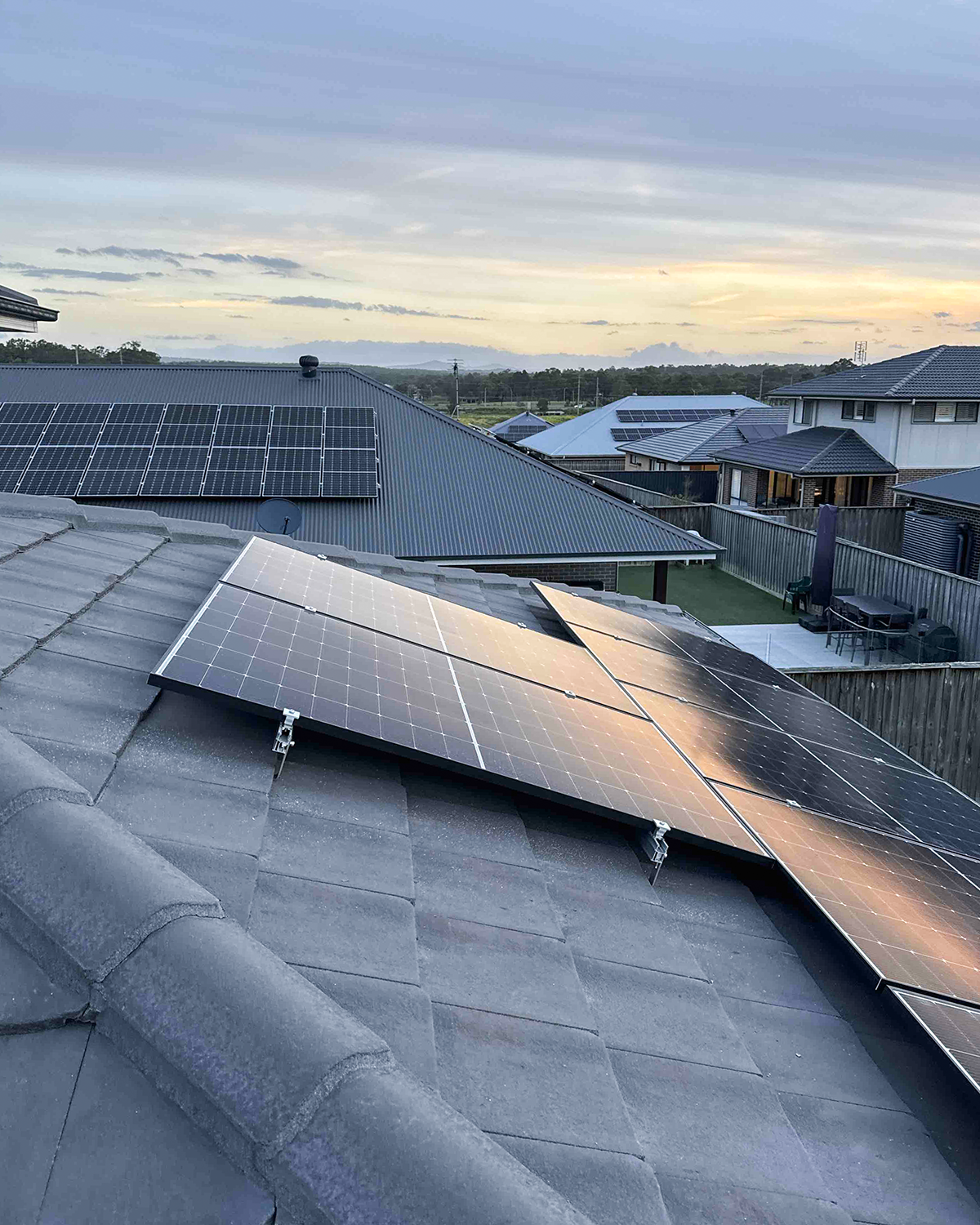
As time goes on, old rebates and subsidies slowly die out, and new one's come in to replace them. Right now there is a great opportunity for the majority of households to take advantage of not only single rebates, but combinations, all designed to boost the desire to invest in their own energy.
We help a lot of households find their optimal solar solutions, and walk them through every step in how the subsidy works, as well as transparent quotes and pricing.
Our goal is to deliver tailored and quality renewable and electrical solutions that result in a positive customer experience.
Get a Free Quote
Use this form, and we'll get in contact with you about solar and battery incentives in Newcastle & the Hunter region.
The Small-scale Renewable Energy Scheme (SRES) is part of a larger goal of helping increase adoption of renewable energy systems like solar energy. How does the SRES work?
Small-scale Technology Certificates (STCs) are virtual tokens which are created when you install a solar system to your property. The STCs essentially represent the environmental benefits of your system. The number of STCs depend on your solar system's size and the location.
These STCs are then usually assigned to us as a part of the subsidy process, in which fluctuates in value over time. As of this article the live STC price is $38.30.
Each zone is segmented based on their solar irradiation levels which affects the incentive value.

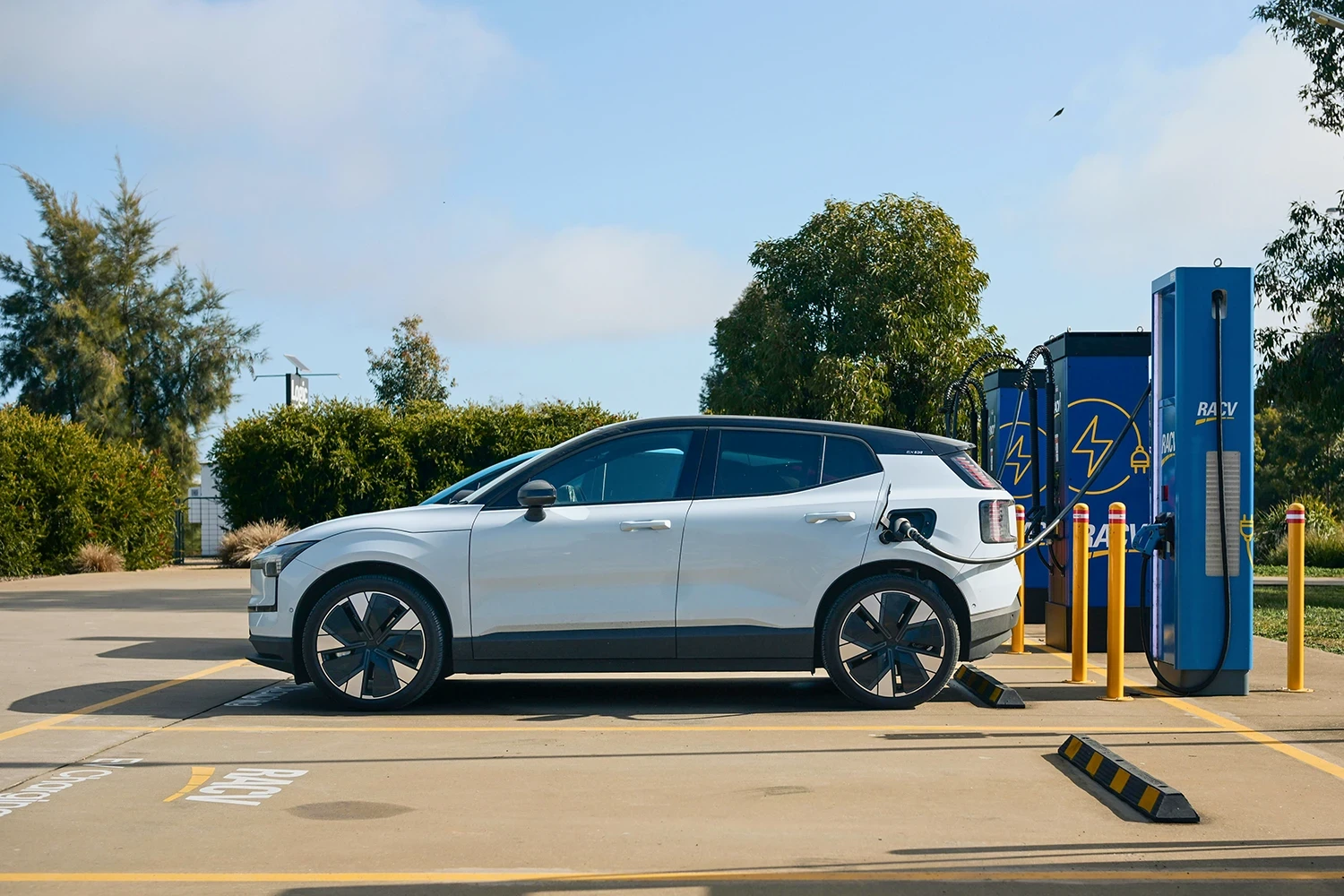
Explore the differences between AC and DC electric vehicle charging in Australia and how it affects the way you charge your EV, and the pros & cons.
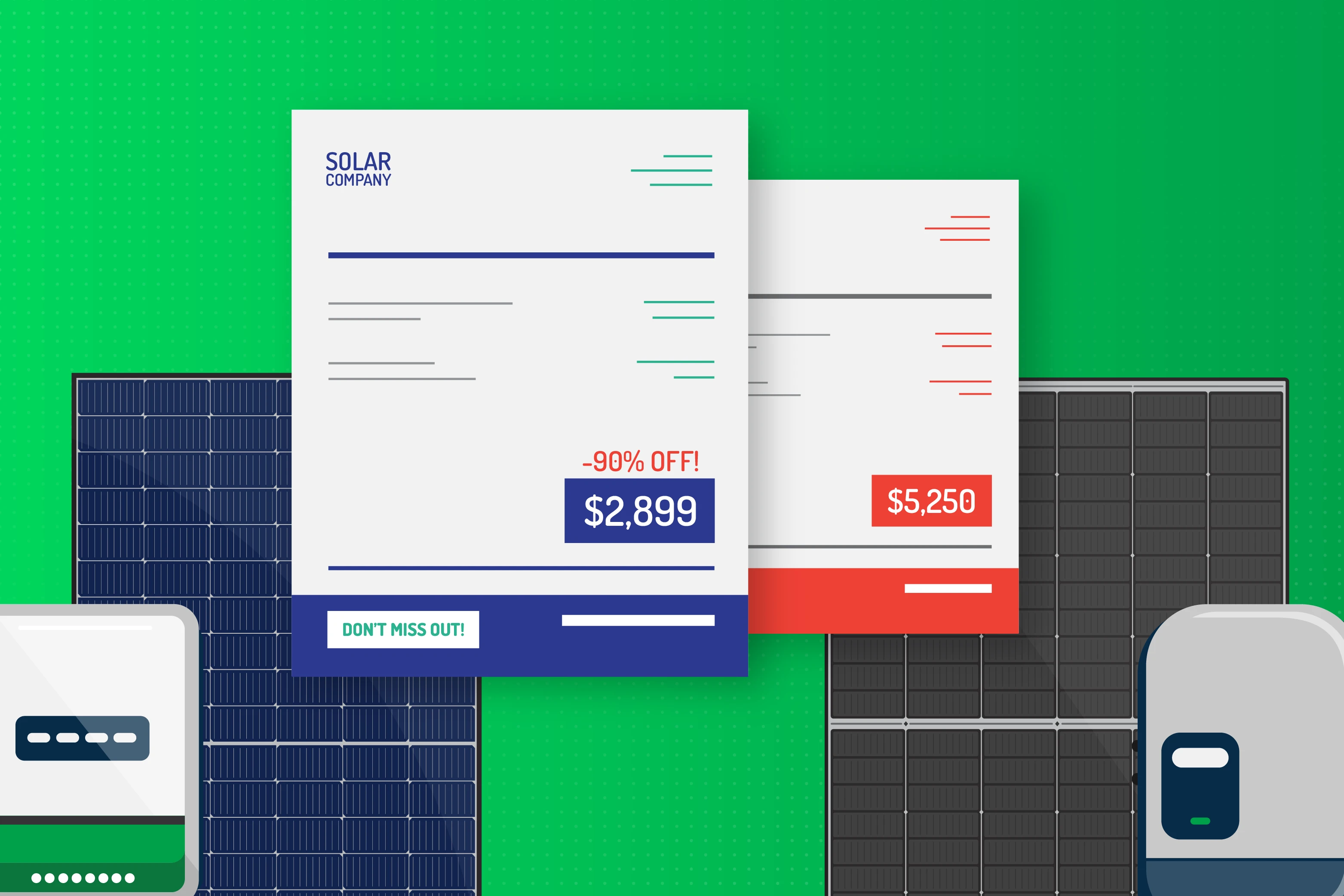
Considering a cheap solar system? Learn how low-quality, unreliable inverters and panels can lead to costly repairs, full replacements, and safety issues.
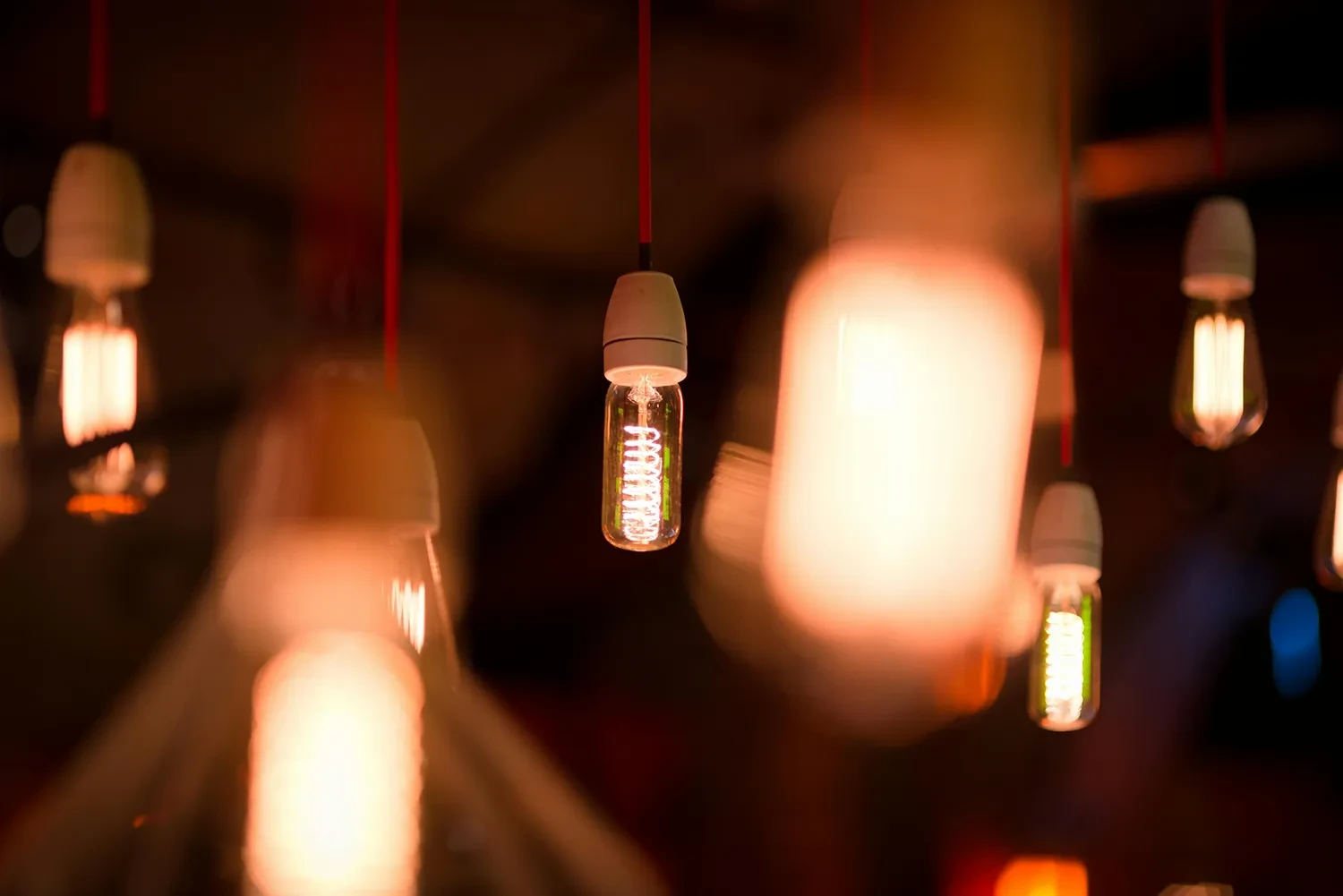
Discover the differences between amps, volts, watts, and ohms in electricity and how electrical currents and circuits are measured for homes in Australia.
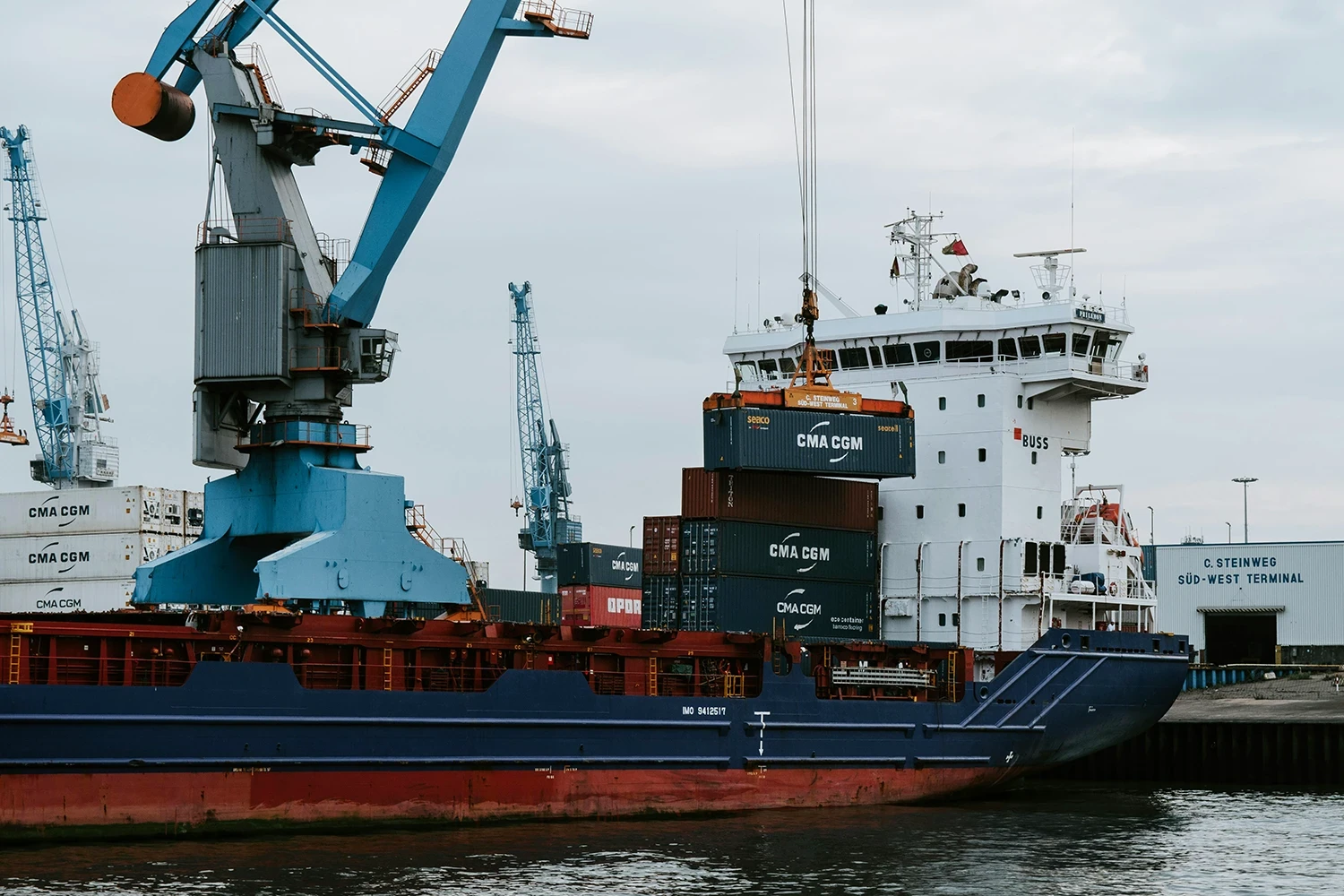
Battery supply chains are tight across Australia, with shipping delays leaving many installers out of stock and customers waiting longer. What's happening?
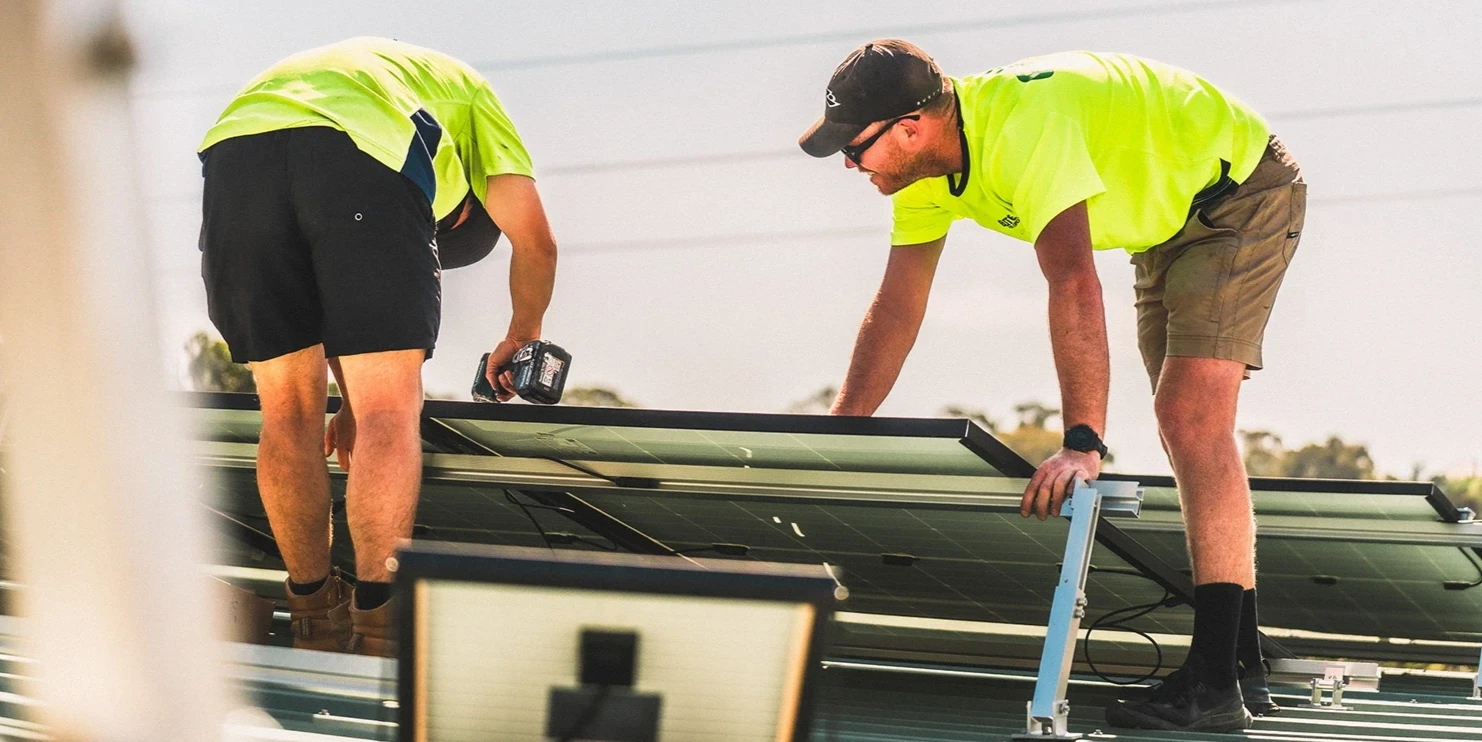
Learn how to avoid solar scams in NSW. Spot red flags & dodgy installer tactics and find reputable companies with great warranty & quality installations.
Renewable News Articles
Not only are we specialists in solar power, but we pride ourselves in being leading installers in battery
storage, as well as EV charging for homes and businesses. For solar and battery systems, we offer both on and off-grid solutions for a
range of applications.
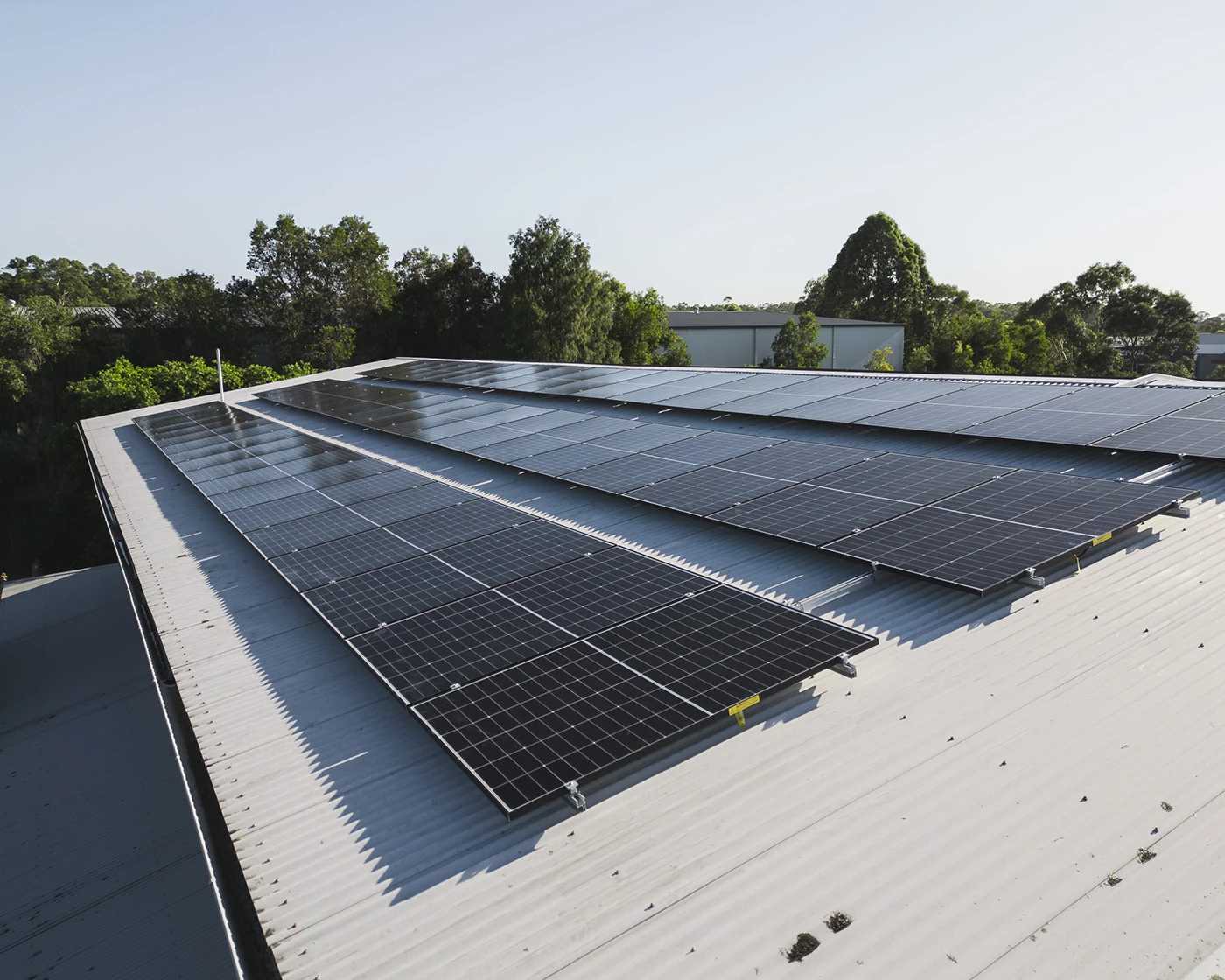
Newcastle's leading solar installers, providing long-lasting residential and commercial rooftop solar systems.

Experts in both residential and commercial electric vehicle charging station installations from 7kW - 360kW+.
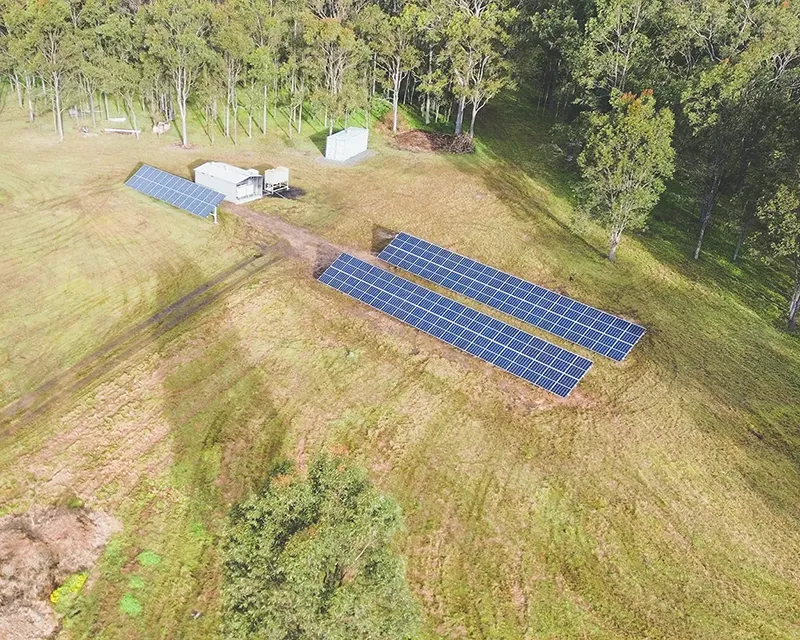
Specialists in off-grid solar and battery, helping properties never have to pay another electricity bill again.
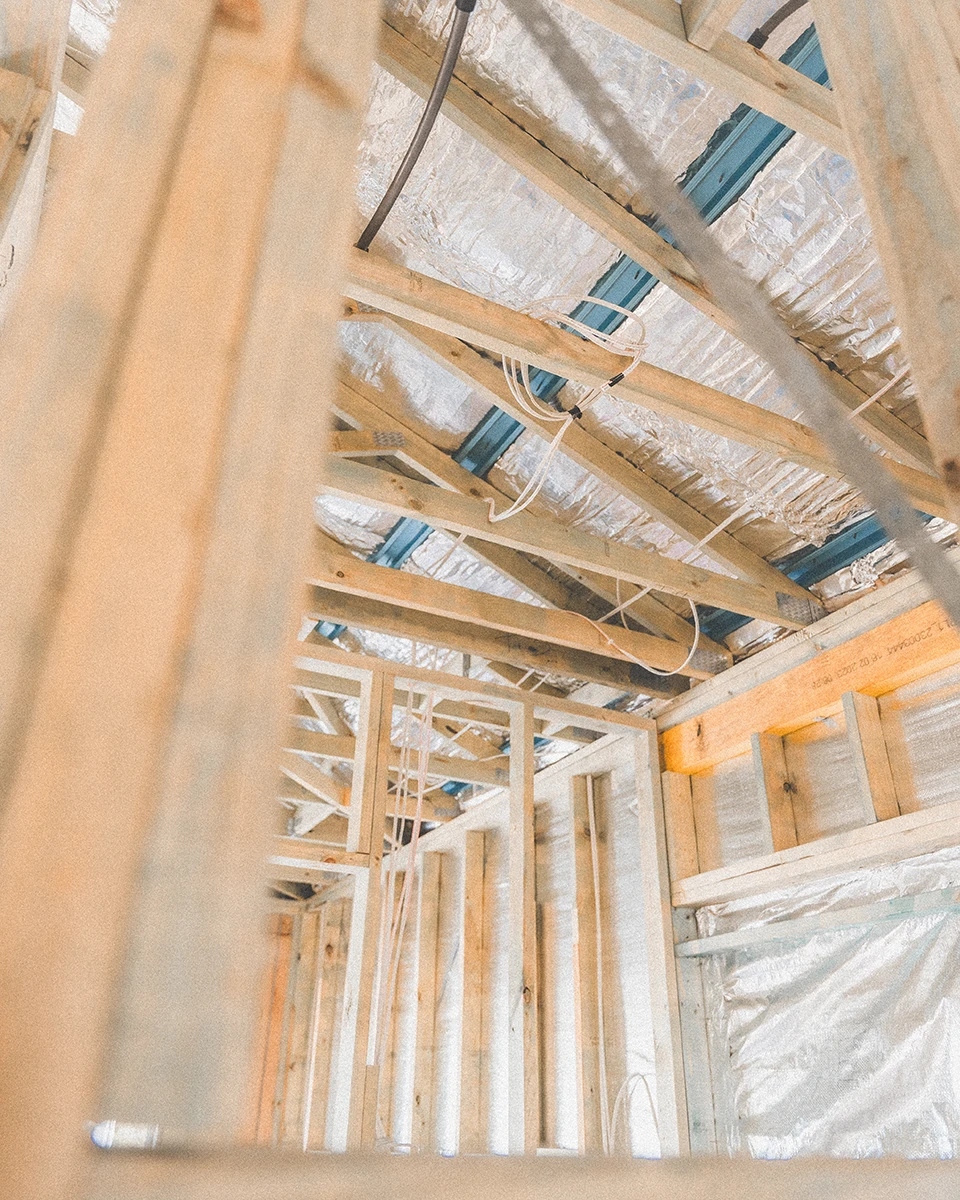
With decades of electrical and industry experience, our fully-qualified & licensed electricians are here to help.

Maximise your solar generation with battery storage from reputable brands to accelerate return-on-investment.
Leave a Comment